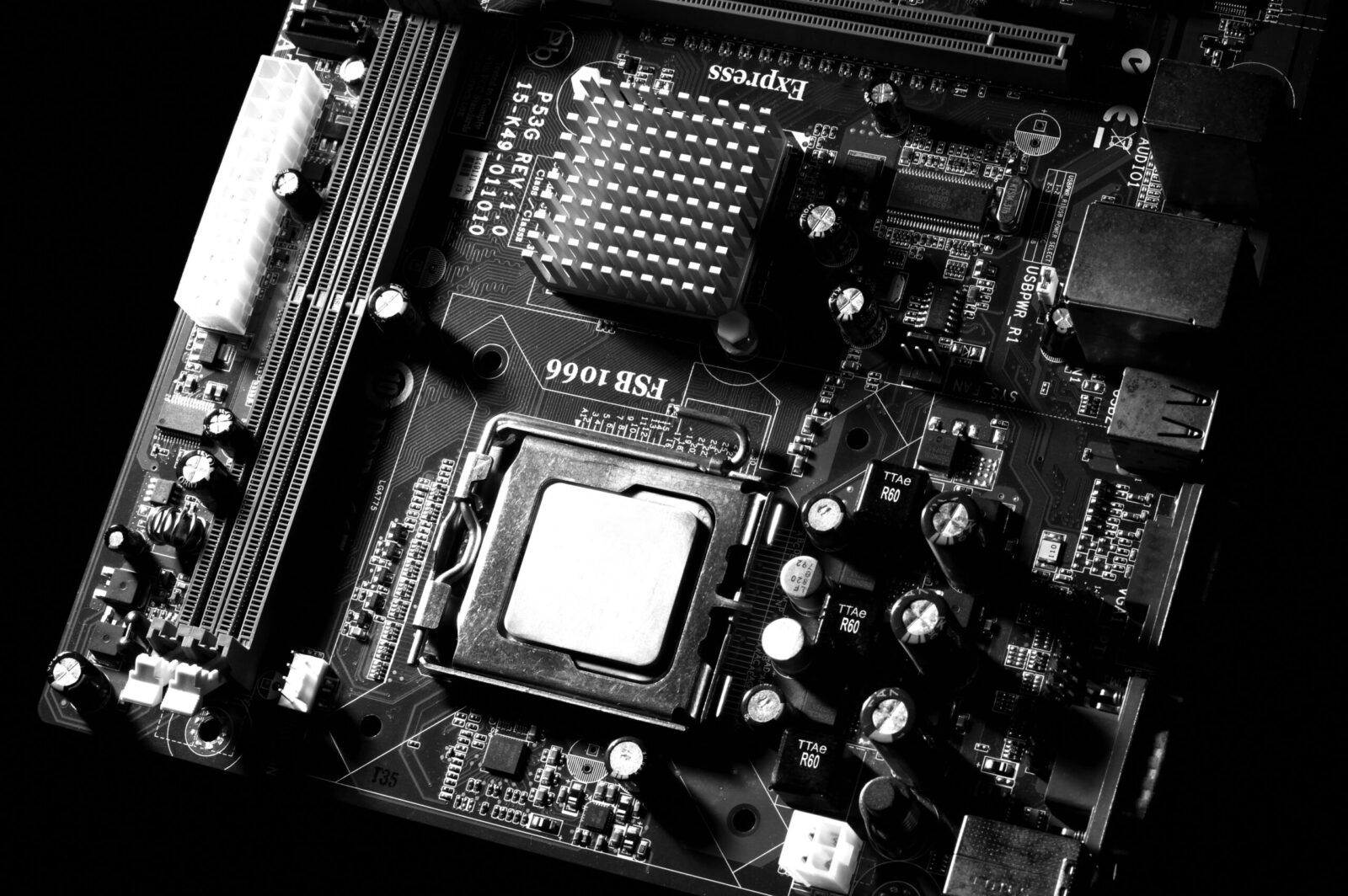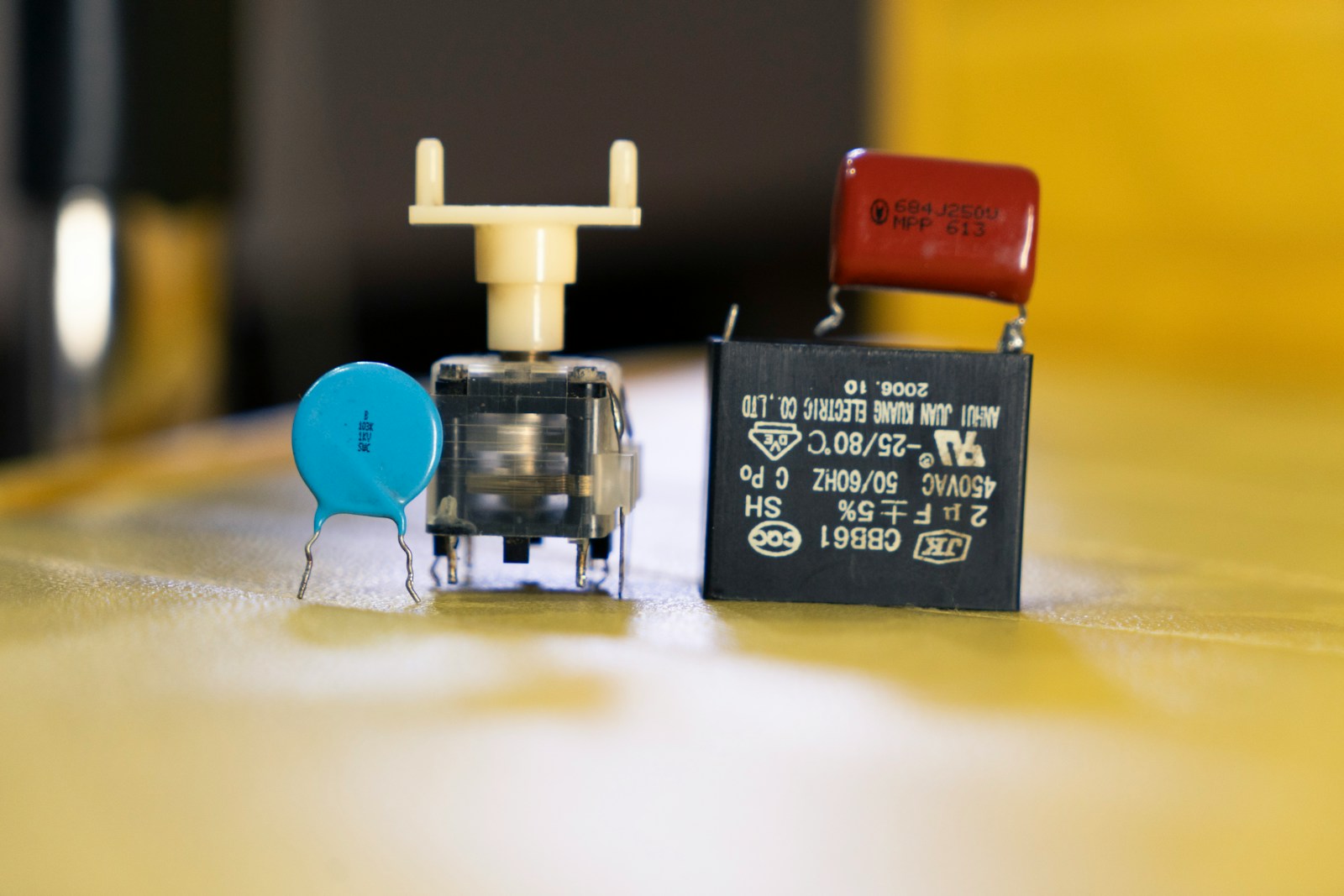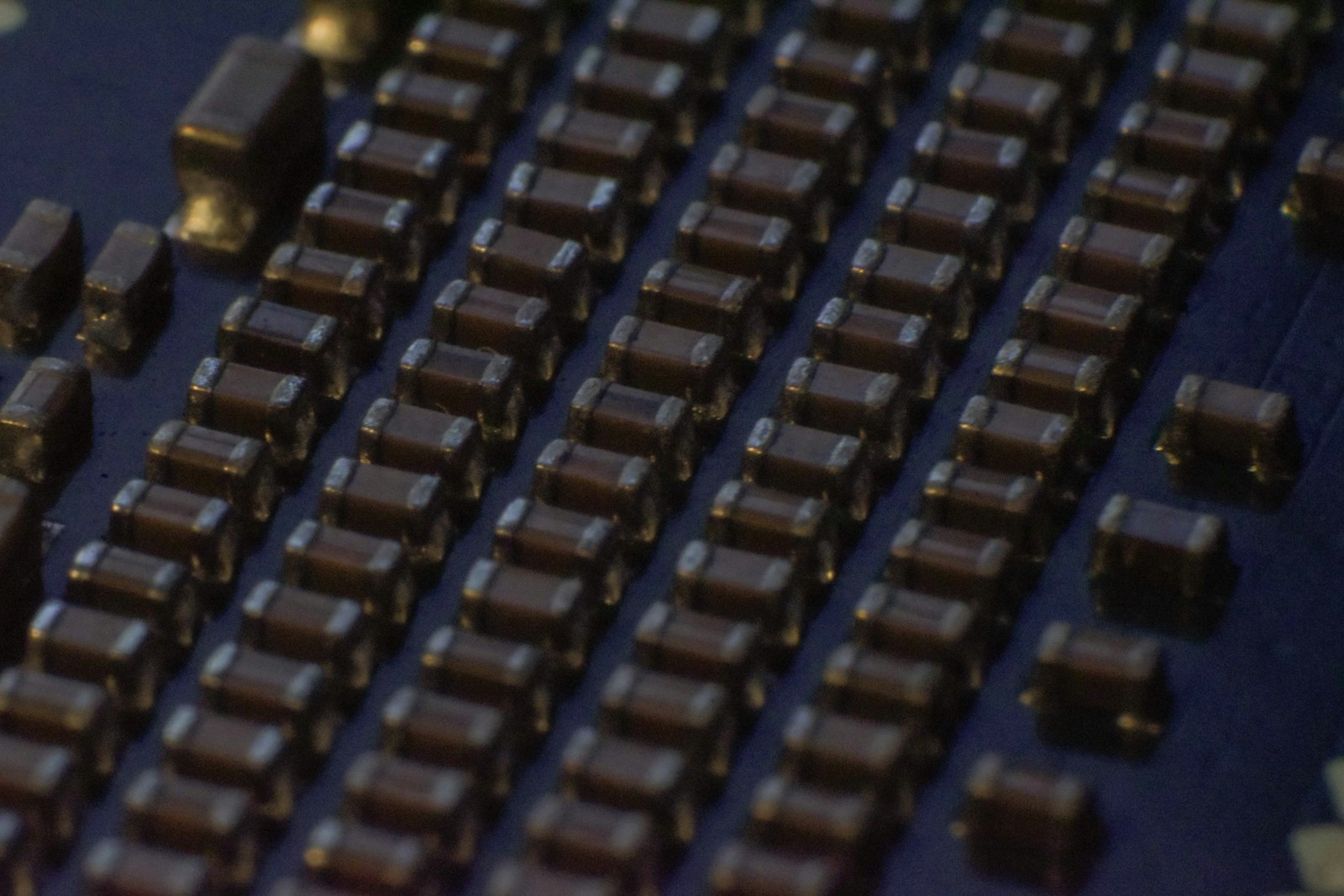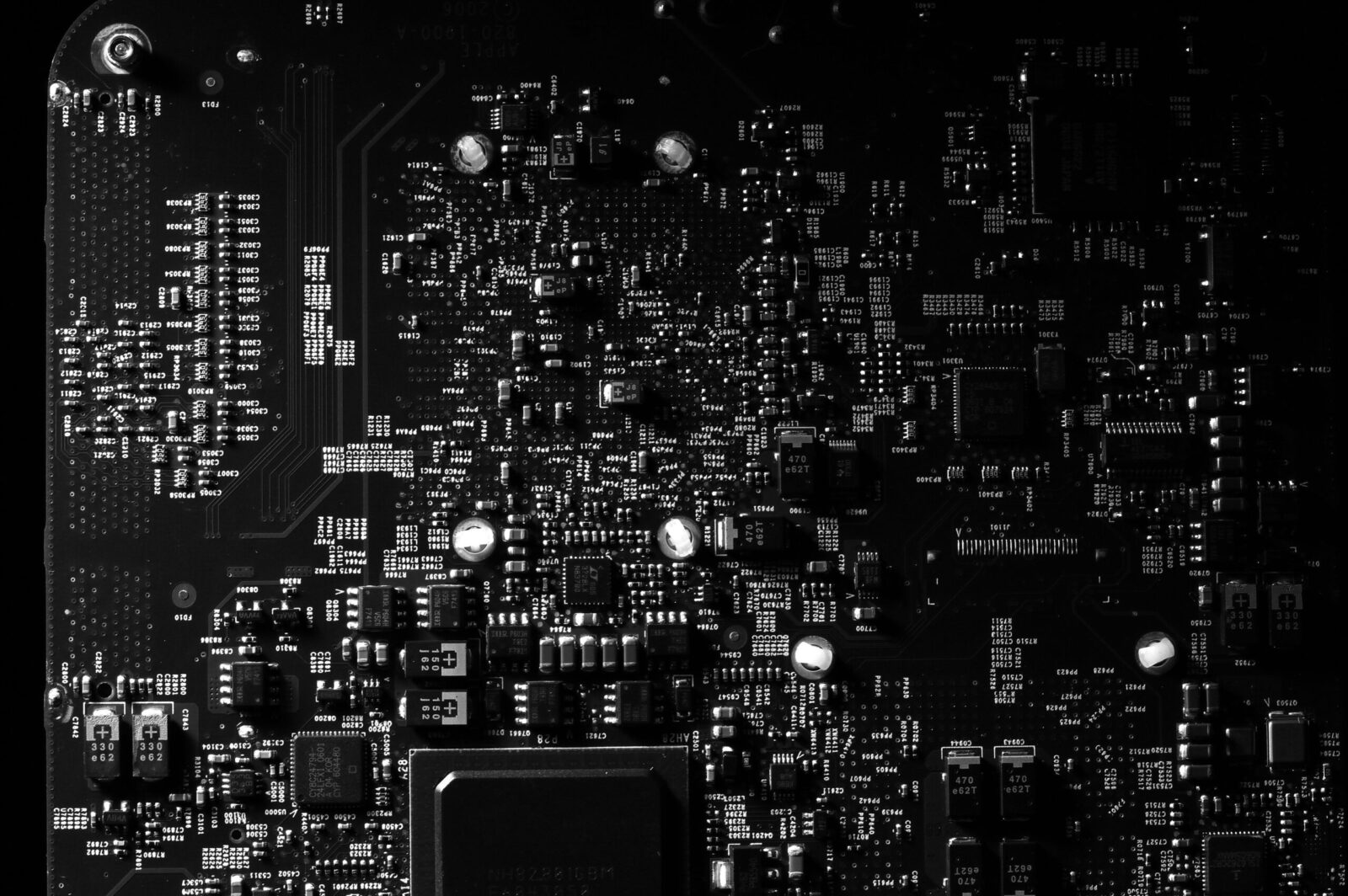Mastering the High Pass Filter: Essential Techniques for Clearer Sound
Introduction to Audio Filtering
Audio filtering is a crucial process in sound production, involving the use of high pass filters and low pass filters to manipulate audio signals.
The main difference between high pass and low pass filters is that high pass filters allow higher frequencies to pass through while attenuating lower ones, whereas low pass filters do the opposite by allowing lower frequencies to pass and attenuating higher ones.
Understanding the basics of audio filtering is essential for producing clear and balanced sound, as filters process the input signal to shape the frequency content.
The process involves adjusting the cutoff frequency and slope to achieve the desired effect. The output of a filter is directly influenced by these parameters, determining which frequencies are present in the resulting signal.
Audio filtering can be applied in various contexts, including music production, live sound, and post-production.
Understanding High Pass Filters
A high pass filter is a type of filter that allows high frequencies to pass through while attenuating low frequencies. It is typically implemented using a circuit that includes a resistor and a capacitor.
The cutoff frequency, also known as the corner frequency, determines the point at which the filter starts to attenuate frequencies. The cut off frequency is determined by the values of the resistor and capacitor in the circuit, with the resistance and capacitance setting the frequency at which the filter begins to operate.
High pass filters are commonly used to remove low frequency noise and unwanted sounds from an audio signal. In this process, low frequencies are attenuated, and the amplitude at the cut off frequency is typically a specific value, such as 70.7% of the input signal.
They are also used to shape the tone of instruments and to create space in a mix by carving out specific frequency bands.
The slope of a high pass filter can be adjusted to achieve a steeper or gentler attenuation of low frequencies, and is measured in decibels per octave.
The gain of the filter describes how much the output signal is amplified or reduced at different frequencies.

Filter Types and Applications
There are several types of high pass filters, including passive filters and active filters.
Passive filters use components such as resistors and capacitors to attenuate frequencies, while active filters use an amplifier to boost the signal and provide greater control over the filter characteristics.
High pass filters can be used in a variety of applications, including mixing consoles, audio interfaces, and effects processors. In audio systems, high pass filters are often used with microphones to reduce handling noise and with speakers to prevent low-frequency signals from reaching drivers that cannot reproduce them effectively.
They are commonly used to remove low frequency rumble, hum, and noise from audio signals. In many audio applications, high pass filters are referred to as ‘low cut’ filters, as they cut out unwanted low frequencies. Unwanted noises can be eliminated using high pass filters, resulting in cleaner recordings.
High pass filters can also be used on stage to reduce handling noise from microphones and minimize feedback during live performances.
High pass filters can also be applied to each channel in a mixing console, allowing for precise control over the frequency content of individual audio sources.
When designing and implementing high pass filters, it is important to take into account the interaction between filter components and the overall system design to ensure optimal performance.
Engineers often employ high pass filters to shape the sound and produce a cleaner mix by removing unnecessary low-frequency energy.
High pass filters can also be used to create unique tonal shapes and to add character to instruments, with the filter’s roll-off rate—measured in decibels per octave—determining how quickly frequencies below the cutoff are attenuated.
Additionally, high pass filters help manage the power demands on an audio system by preventing amplifiers and speakers from working to reproduce inaudible low frequencies.
The scope of filtering should be carefully considered to ensure that only unwanted frequencies are removed, preserving the integrity of the desired audio content.
Frequency Response and Phase Shift
- The frequency response of a high pass filter shows how the filter affects the amplitude and phase of an audio signal. The following image illustrates the frequency response of a high pass filter, showing how frequencies below the cutoff point are attenuated and how the filter impacts the audio spectrum visually.
- The phase shift of a high pass filter can cause the signal to be delayed or advanced, depending on the frequency.
- Understanding the frequency response and phase shift of a high pass filter is crucial for achieving the desired effect.
- The cutoff frequency and slope of a high pass filter determine its frequency response and phase shift.
- The time constant of a high pass filter also affects its frequency response and phase shift.
High pass filters are also used in image processing to enhance details and reduce noise by manipulating the frequency components of an image.
Common Filtering Mistakes
When working with high pass filters, it’s essential to avoid common mistakes that can negatively impact the quality of your audio signal. One of the most significant errors is setting the cutoff frequency too high, which can result in the loss of important low-frequency content. This can lead to a thin or weak sound, particularly in instruments that rely on low frequencies, such as bass guitars or kick drums.
Another mistake is using high pass filters excessively, which can cause an uneven frequency response and lead to an unnatural sound. It’s crucial to use high pass filters judiciously and only when necessary to remove unwanted low-frequency noise or hum. Overusing high pass filters can also introduce phase shift and alter the tone of your instruments, making them sound unnatural or unbalanced.
Additionally, failing to consider the slope of the high pass filter can lead to inadequate attenuation of low frequencies. A steeper slope can be more effective in removing unwanted sounds, but it can also introduce more phase shift and affect the tone of your instruments. It’s essential to choose the right slope for your specific application and adjust it accordingly to achieve the desired effect.
When using high pass filters in conjunction with other instruments or tracks, it’s vital to consider the overall frequency range and how the filters will interact with each other. For example, using a high pass filter on a vocal track can help remove low-frequency rumble, but it can also affect the tone of the vocals if not used carefully. Similarly, using high pass filters on multiple tracks can lead to a buildup of phase shift and alter the overall sound of your mix.
To avoid these common mistakes, it’s essential to use high pass filters in moderation and with a clear understanding of their effects on your audio signal. By carefully adjusting the cutoff frequency, slope, and other parameters, you can effectively remove unwanted low-frequency noise and hum while preserving the tone and quality of your instruments. Regularly monitoring your audio signal and making adjustments as needed can help you achieve a balanced and polished sound.
| Section | Description / Key Points |
|---|---|
| Introduction to Audio Filtering | Audio filtering shapes frequency content using high pass and low pass filters. High pass filters allow high frequencies and attenuate low ones; low pass filters do the opposite. Filters adjust cutoff frequency and slope to produce clear and balanced sound. Applied in music production, live sound, and post-production. |
| Understanding High Pass Filters | High pass filters allow high frequencies to pass while reducing low frequencies. Implemented with resistor-capacitor circuits. Cutoff frequency (corner frequency) determines where attenuation starts. Slope determines steepness of attenuation; gain controls signal amplification/reduction. Used to remove low-frequency noise, shape instrument tone, and create mix space. |
| Filter Types and Applications | Passive filters: resistors & capacitors, no amplification. Active filters: include amplifier for boost and control. Applications: mixing consoles, audio interfaces, effects processors, microphones (reduce handling noise), speakers (protect drivers). Remove low-frequency rumble, hum, noise. Help manage amplifier/speaker power by blocking inaudible lows. |
| Frequency Response and Phase Shift | Frequency response shows amplitude impact across spectrum; phase shift can delay or advance signals. Cutoff frequency, slope, and time constant affect response and phase. HPFs also used in image processing to enhance details and reduce noise. |
| Common Filtering Mistakes | Setting cutoff frequency too high removes important lows → thin/weak sound. Overuse can cause unnatural tone, uneven frequency response, phase shift. Ignoring slope can lead to inadequate attenuation or excessive phase shift. Consider interaction across tracks to avoid cumulative phase issues. Use HPFs judiciously, monitor signals, and adjust parameters carefully. |
| Key Considerations | Correct cutoff frequency, slope, and gain ensure clear audio without losing essential low content. Use moderation to preserve tone and balance. Understand filter interactions and system design for optimal performance. |



